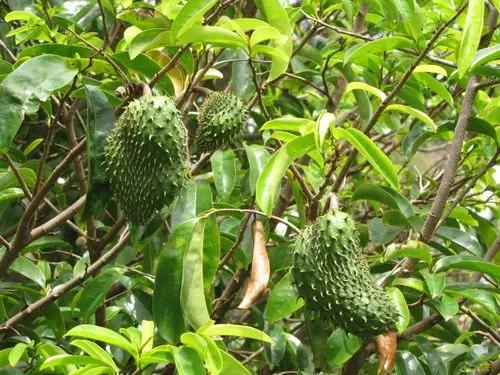Sloe, a deciduous shrub from the rose family, serves traditionally as a thorny livestock barrier or grows into a tree if left unclipped. It blooms white flowers in spring and yields bluish-black berries in autumn, attracting wildlife. While ideal for wildlife hedges alongside native trees, its vigor and tendency to produce suckers may not suit small gardens. Famously, its fruit is used for various alcoholic beverages and preserves.
Sloe Care
Prunus spinosa



Prunus spinosa is a deciduous shrub found natively in Europe, the Middle East, and other regions. Typically growing as a multi-trunked shrub or bushy tree, it reaches heights of 10-16 feet (3-5 meters). You can identify it by its dark bark and thorny shoots, it boasts elliptical dark green leaves that turn yellow and slightly red in autumn. This thicket-forming shrub thrives in hedgerows, scrub, and woodland edges and is often mistaken for hawthorn due to its white flowers in March and April. Unlike hawthorn, it produces buds along its spines and stems.
How to Care for the Plant

Fun fact

Sloes play a vital role in crafting sloe gin, a beloved and tasty alcoholic drink. To make sloe gin, you blend ripe sloes with gin and sugar. These little fruits bring in their tart and slightly bitter kick, giving the gin a distinct and delightful taste. People often savor this classic beverage in cocktails or as a post-meal digestive. Plus, it's a part of British rural customs since sloe bushes are common in UK hedgerows.

Popularity

920 people already have this plant 258 people have added this plant to their wishlists
Discover more plants with the list below
Related articles






